Samovars are heated metal containers used to boil water for tea, particularly in Russia; the word samovar meaning "self-boiler" in Russian. Samovars are so famous, they really symbolize Russian culture having been a familiar sight in every home, restaurant, and even on the Trans-Siberian Railway. Today, however, they are more commonly found in museums and antique stores. Samovars have various designs, from the simple and practical, the classic metalwork from Tula to incredibly ornate enamel and silver styles.
Image of Russian Samovars from Wikimedia Commons.


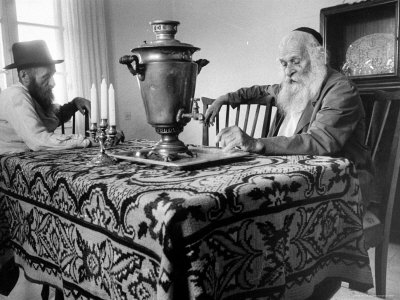

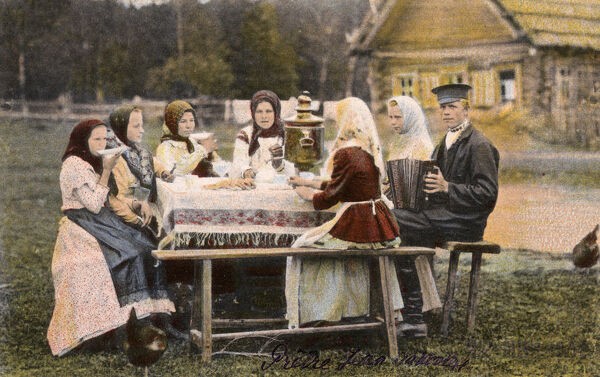

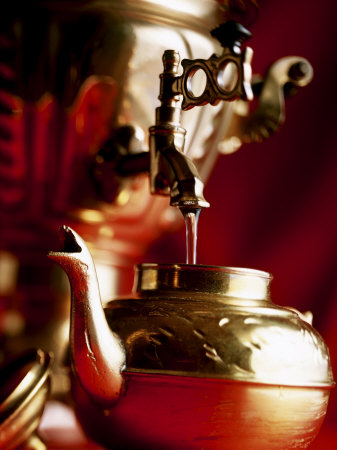
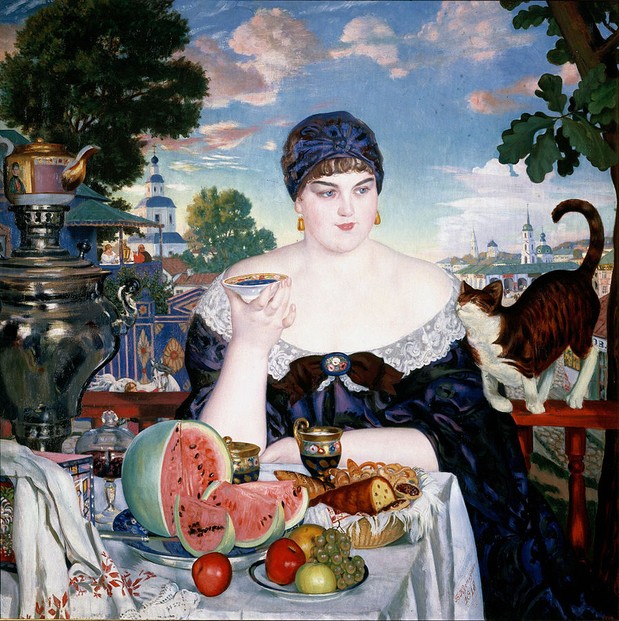



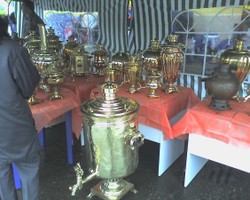

 Best "Nutcracker" Movie of all Timeon 03/08/2019
Best "Nutcracker" Movie of all Timeon 03/08/2019
 Lascaux Cave Paintingson 01/18/2018
Lascaux Cave Paintingson 01/18/2018
 Bridges of the Hudson Valleyon 11/20/2017
Bridges of the Hudson Valleyon 11/20/2017
 Great Pyramids of Gizaon 11/14/2017
Great Pyramids of Gizaon 11/14/2017


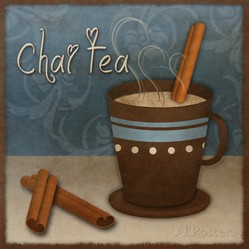
Ever had tea from a samovar?
Not yet, but this is very interesting. I do love tea.
Yes, an old samovar would be a great collectors item - especially one that still works!
I suppose the older ones are quite collectible.